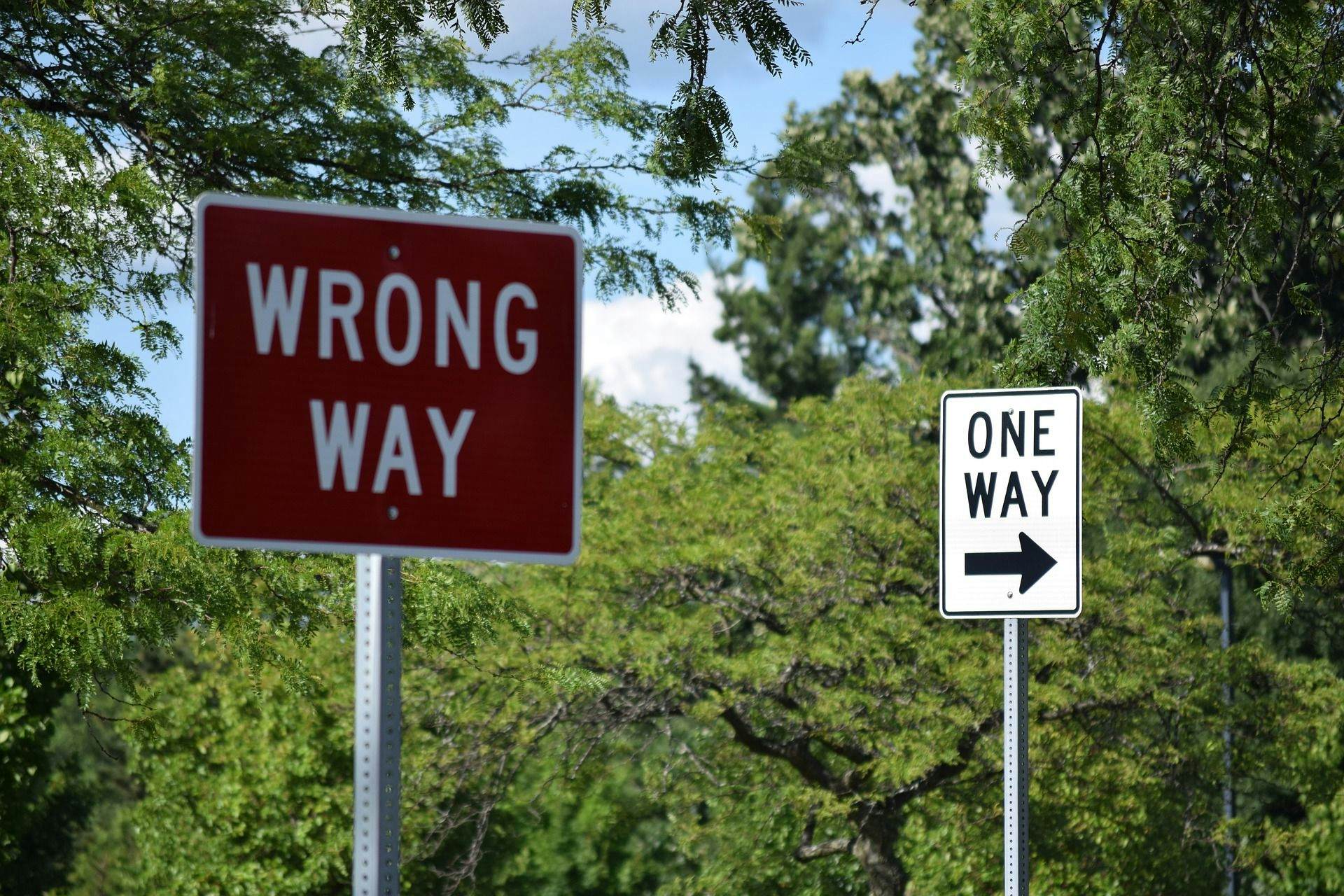
By Aleksandra, April 29, 2021 · 5 min read
The five most common ecommerce mistakes and how to avoid them
No ecommerce is perfect, we still see many problems which can be prevented - or fixed - relatively easily. Here is a list of the 5 most common ecommerce mistakes and how to avoid them.
1. No optimization of the online store for mobile devices.
The times when it was enough to have a website that worked well only on the desktop are over. It is predicted that by the end of 2021, mobile commerce will account for 53.9 percent of ecommerce sales.
This brings us to the point where more ecommerce shopping is done on mobile than on desktop. In order to be successful in online sales, the store should be adapted to the use of mobile devices in the best possible way.
It’s recommended to implement Responsive Web Design on pages to allow them to change their layout and the width of elements according to the resolution of the device on which they are viewed. In addition to good placement of the content, we must use appropriate spacing between CTA (Call to action) headers, buttons, images and text.
We also need to pay attention to the sizes of the fonts used in our ecommerce. Fortunately, there are tools that can help us. One of them is Google Search Console. It is a service that allows us to check how our website is indexed in the Google search engine and what should be improved to increase its visibility.
2. Slow loading of online shop pages.
The longer your site loads, the bigger the chance that a user will give up shopping. The ideal website load time for mobile sites is 1-2 seconds. 53% of mobile site visits are abandoned if pages take longer than 3 seconds to load. A 2-second delay in load time resulted in abandonment rates of up to 87%.
The page loading speed can be easily verified with Google Page Speed Insights.
The Page Speed score ranges from 0 to 100 points. The higher the score, the better. A rating of at least 85 points means that the website is working well.
3. Complicated Checkout Process.
Checkout is the most critical process in an ecommerce business. At this stage, the main thing is not to disturb our client. Let him focus on completing the transaction.
Keep it simple!
You should avoid asking for too much information besides a postal address and other requisites. Too much typing annoys customers and keeps them from proceeding further.
The checkout form should be clear, detailed, and concise. Buttons and text fields must be visible and understandable. Product and shipping prices must be known to the customer from the start of the process. Don’t surprise the customer with hidden prices because you will make him/her lose trust in your store.
If you want to know how you can proceed through the checkout process in only two steps, you can read about it here.
4. Product page - Insufficient product descriptions.
If you think that the most important part of your ecommerce is the homepage, you are wrong! The most important page is the product page, because this is where the user decides to buy your product or not. To best take care of the product page, remember to:
- Create a good quality photo gallery for each product, in which there will be an option to scroll and zoom the pictures.
- Add customer reviews and comments on the product page. This will increase trust in your products and help the customer make a purchase.
- Add a detailed product description. First of all the description should be useful for the customer. Make sure that it includes all the technical product specifications, e.g. size, color, material, but also information about the refund policy and any other costs related to the purchase.
- Add your own description - this is a good way to get attention. Create a description in which you clearly describe what problems are solved by the product you are selling. That will certainly encourage the customer to buy.
5. Poor SEO strategy.
No matter how professional and transparent your store is, in the end the most important thing is how well you rank in the major search engines. Being shown on the first page of the search results will definitely increase your chances of getting a successful sale.
Copying descriptions
Product descriptions are a prime spot to include keywords as part of your ecommerce SEO strategy. Most stores only provide descriptions obtained from the manufacturer that are repeated in many stores. This leads to the so-called duplicate content - Google robots find identical content on at least two pages, then they try to determine which content appeared first (usually it is the content on the manufacturer’s website). As a result, the store where the copied content appeares may lose position and visibility in the search engine.
Forgetting the Alt attribute
Using the Alt attribute (alternative description) allows Google robots to understand what is in the picture. Without this attribute, the web robots will incorrectly crawl the page because the pictures and photos will be invisible.
Using the same keywords for all pages and subpages
The selection of key phrases is one of the most important aspects when it comes to SEO and positioning. Using the same keyword for each page may lead to a situation in which several subpages of your store compete with each other for their position for the same keyword phrase.
Would you like to innovate your ecommerce project with Hatimeria?

A fierce bug hunter and QA specialist. At work and privately, she loves challenges. Endless new ideas don’t let her get bored. As an open mindes person, she enjoys family time, summer trips and live music.
Read more Aleksandra's articles



